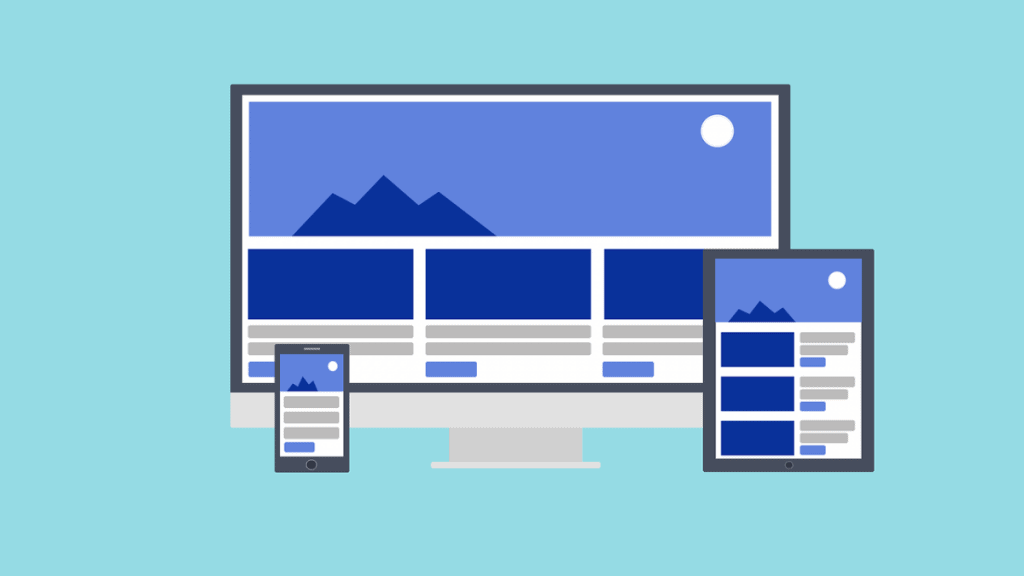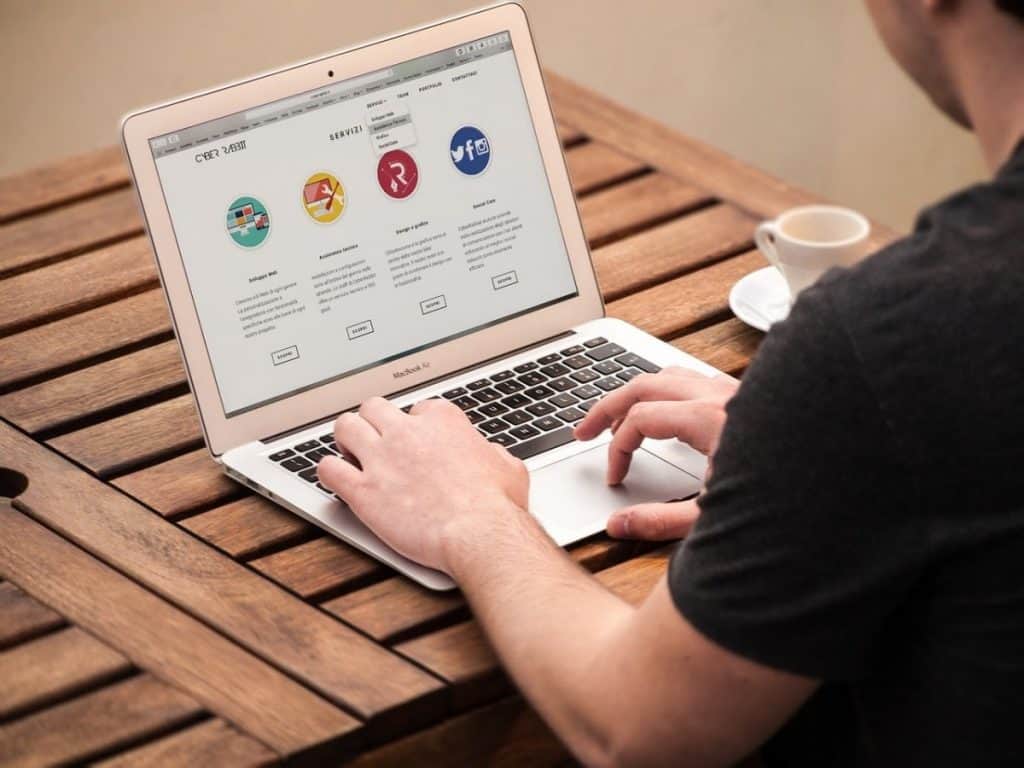Everyone is afraid of a high bounce rate, but a high bounce rate is not always bad. It all depends on the conversion goals and the purpose of the page. Most landing pages are created in a way to encourage users to take action – to leave their contact information, download an eBook or make a purchase. Others are simply intended to give specific information and nothing else.
For example, if people search for information about the weather in Berlin and land on a webpage that simply has all the information about the weather in Berlin, then, naturally, users are just going to read what they need to read and close the page.
While that technically counts as a bounce, it doesn’t mean there’s anything wrong with the page. In fact, it could be an informative, well-constructed landing page.
If the landing page’s goal was to merely explain how the weather in Berlin is, then the webpage is serving its purpose. However, if its goal was to sell umbrellas or raincoats and the landing page is not taking users to the eStore, then a high bounce rate is a problem.
Again, not necessarily because visitors are leaving the page, but because they are not taking the action the webmaster wants them to take.

So, the first thing you need to do is figure out if a high bounce rate is actually an issue you need to fix or not.
If it isn’t, then there’s nothing you need to do. You can bounce!
If it is, then you need to define where you want users to go next and come up with a plan to take them there.
Asking yourself these 3 simple questions will help you with the process:
-
- What is the purpose of this landing page? – Is this point A?
- Where do I want users to go next or what action do I want users to take? – What’s point B?
- How do I successfully take visitors from point A to point B?
If you struggle to find the answers, we’ll give you a hand:
We will assume that you know your target audience very well, which is a different topic.
1. What is the purpose of this landing page?

If you cannot describe the purpose of a landing page in one sentence, then you have a zombie page you need to destroy.
For example, some simple answers to this question would be:
✓ This page informs people about our team, which increases our credibility.
✓ This landing page promotes X product, which increases sales.
✓ This page summarizes all the blog posts we’ve written this year, which increases the number of posts a visitor reads.
✓ This landing page provides our contact information, which makes visitors more likely to request a quote that might eventually turn into a sale.
Once you know the purpose of a page, you’ll know if a high bounce rate is a problem or not. Also, it will help you figure out the answer to the second question:
2. Where do I want users to go next or what action do I want users to take? – What’s point B?

Following the previous examples, your answer should follow this logic:
✓ If this landing page promotes a product, then you most likely would want to make a sale. So, your job should be to take visitors to either the product page, the eCommerce store or straight to the checkout page.
✓ If a landing page provides contact information, then your goal should be to make people actually contact you.
And so on…
The whole point is to create a logical connection between a landing page and the action users are supposed to take.
When you figure this out, boom!, you’ve got yourself a clear user flow which, along with the content, will help you decrease bounce rate… We’ll cover that next.
3. How do I successfully make visitors go from point A to point B?

It’s all about the content.
Creating landing pages that convert requires a winning content strategy. All the content in your landing page should be strategically placed so that it answers all the questions the visitor might have while still leaving them with a thirst for knowledge or a need to take action.
How do you do that?
-
- Have the right design. A clean, strategic design will make your content stand out. If your CMS doesn’t allow you to build top-notch landing pages, there are some great tools that you can use to overcome this, such as Leadpages, UnBounce, or Clickfunnels. You can learn more about them in our article about landing pages.
- Write the right content. It should be customer-focused and make people keep reading. It should be clear, specific, and easy to understand while triggering emotions and a sense of urgency. This amazing copywriting guide lists everything you need to know about creating content that converts.
Decreasing the bounce rate: Is it all about the content?
Yes, it is all about the content, but you need to understand that even if you write the perfect content, you will not get the results you want if there isn’t a strategy behind it.
Have a perfectly clear point A, a perfectly clear point B, and then write perfectly clear content that makes people take action.
And, never forget that bounce rate is just a number you need to interpret according to your goals.
If you need extra help with your content marketing strategy, Taksu Digital can give you a hand!
Check out our Content Marketing services and get in touch with us. We’ll be happy to help you set up and execute an effective content marketing strategy that drives targeted traffic to your website.








